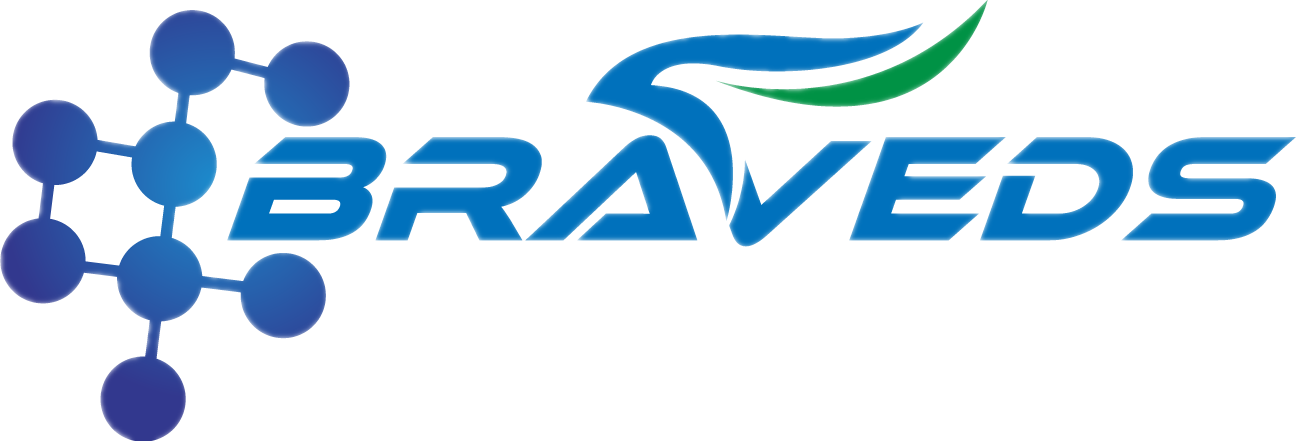Nucleic acid releasing agent NF-2, Universal
| Product Name | Nucleic acid releasing agent NF-2, Universal |
| Types | General reagent |
| Form | Liquid |
| Producer | China |
| Storage | 2-8℃ |
| Recertification | 18Month |
| Synonyms |
Nucleic acid releasing agent NF-3,RPA - BNF003 Nucleic acid releasing agent NF-4,PCR/LAMP - BNF004 RNAsave nucleic acid preservation solution - BRS001 |
Nucleic acid releasing agent NF-2/NF-3/NF-4 can directly cleave and release sample nucleic acid (DNA/RNA) without nucleic acid extraction. The supernatant of the mixed solution is directly used as a template for nucleic acid PCR amplification or isothermal amplification, and the buffer has specific protection for nucleic acid amplification enzymes.
Nucleic acid releasing agent NF-2/NF-3/NF-4 is suitable for efficient inactivation of cells (eukaryotes, insects, etc.) and pathogens (viruses, mycoplasma, chlamydia, bacteria, etc.) in all clinical samples (saliva, fresh whole blood, serum, alveolar lavage fluid, urine, tissue, environment, etc.).
The mixed solution does not need to extract nucleic acid, and the supernatant can be directly taken as a template for PCR or isothermal amplification detection. The amplification efficiency was 2 ~ 4 CT values lower than that after nucleic acid extraction, and the sensitivity of fluorescence PCR detection after nucleic acid release was up to 5 cells, about 500~1000copies/mL.
The pathogen nucleic acid released can be preserved at room temperature for a long time, in which the RNA released at room temperature does not degrade for 7 days, and the DNA released at room temperature does not degrade for 6 months.
Release steps of different samples
1. Serum, plasma, saliva, sputum, urine, non-PBS swabs, non-guanidine salt collection fluid, cell culture fluid and other liquid samples.
1 the release agent 150 μ L was placed in the 1.5mL centrifuge tube, the liquid sample 50 μ L was added, the liquid sample was blown and mixed for 2-5 times, and the effect was ≥ 2min at room temperature (22-25 ℃).
2 if it is fresh whole blood, take 10 μ L whole blood, add 100 μ L release agent, repeatedly blow and mix for 2-5 times, the effect is ≥ 2min at room temperature (22-25 ℃).
2.EDTA anticoagulant samples, complete hemolysis samples, concentrated sputum, ascites samples, high concentration PBS solution samples.
Need to first dilute with DEPC water 10 times, and then release according to the liquid sample: release agent = 1:3, such as take the sample diluted 10 times 50 μ L, and then add the release agent 150 μ L, after mixing, place the static effect ≥ 2min at room temperature.
3. Tissue solid sample.
The release agent 300 μ L was placed in the 1.5mL centrifuge tube, and then the tissue sample with sufficient soybean size was added, and the tissue sample was repeatedly blown and mixed for 3-5 times. The effect was ≥ 5min at room temperature (22-25 ℃).
Note: the supernatant of normal saline tissue homogenate can also be added and operated according to the liquid sample.
Universal Amplification sampling of releasing Agent NF-2.
2.5 μ L of the supernatant of the mixture was directly used as nucleic acid amplification template for real-time fluorescence or conventional PCR amplification, or isothermal amplification (LAMP, RPA, RCA, etc.). Note: the volume of the template should be less than 10% of the total volume of nucleic acid reaction. That is, the mixed supernatant added to the 25 μ L reaction system does not exceed 2.5 μ L, and the mixed supernatant added to the 50 μ L reaction system does not exceed 5 μ L.
Note: in order to improve the sensitivity, do not increase the sample size of the template, the sample amount is too large to inhibit the reaction, affect the sensitivity, and even can not be amplified.
| SKU | UNIT | PRICE (USD) | QTY |
|---|---|---|---|
| BNF002 | 300T | 246.6 |




